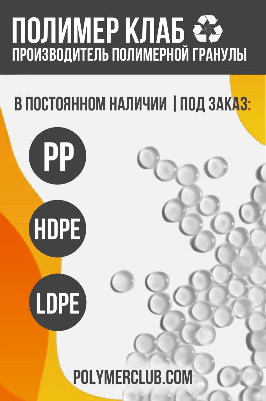CNNC HUA YUAN SHANGHAI Titanium Dioxide
Rm.1001, Sandhill Plaza, No.2290,ZuchongZI Road, Pudong New District
http://www.sinotio2.com
+86 21 60729988
Introduction to printing ink and the application of printing ink in titanium dioxide About printing ink (I) Printing ink is mainly made up of pigment, filling, and binder, additives (pigment and filling can be collectively called as coloring materials). Add proper amount of auxiliaries according to the requirements for printing performance. For example, the auxiliaries commonly used in water-based ink are PH value stabilizer, retarder, defoamer, reducer; the auxiliaries commonly used in oil-based ink are abrasion resistance agent, anti-gelling agent, viscosity reducer, etc.; mix, blend or wet grind after matching with certain ratio, and disperse evenly after repeated suppression to produce it. About printing ink (II) The manufacturing process of printing ink involves in colorimetry (color matching of printing ink), rheology (system viscosity of printing ink), colloid chemistry (system stability of printing ink), oil chemistry (selection of printing ink solvent), synthetic resin chemistry (flexibility of printing ink), pigment intermediate chemistry (matching of dyes and pigments), analytical chemistry (selection of system formula), photochemistry (UV printing ink), biochemistry (new biological ink) and content of other subjects, which needs comprehensive knowledge to fully master it. Classification of Ink (I) The classification of ink is not strict or clear enough in actual situations due to its miscellaneous varieties. Therefore, it is pretty difficult to classify them scientifically. Generalized classification of ink shall be made subject to the printing plate, namely into relief printing plate ink, lithographic plate ink, gravure printing ink and screen printing ink. But this classification is limited by the principle, and cannot cover all practical situations. In recent years, the printing ink types are constantly increasing and more new designs appear. So if the classification is only made subject to the plate, there will be a great limitation. Classification by drying type, such as UV printing ink, oxidation drying ink, penetration drying ink, evaporation drying ink, solidification drying ink, and etc. Classification by purpose, such as book printing ink, tin printing ink, glass printing ink, plastic printing ink, and etc. Classification by product features, such as security printing ink, high gloss ink, photosensitive ink, transparent printing ink, electrostatic printing ink. We also often hear alcohol (soluble) printing ink, water (soluble) printing ink. They are just called by their features. It can be seen that some names of the classified ink are out of date, such as rotary ink. And another example taken is lead printing ink, which is not as strict as it was before. When we are talking about the classification of printing ink, we should first establish a concept of classification by plate, and then associate the other classification methods of drying type, product purpose and product features with each other. Only in this way will we establish a complete and systematic concept of classification.



